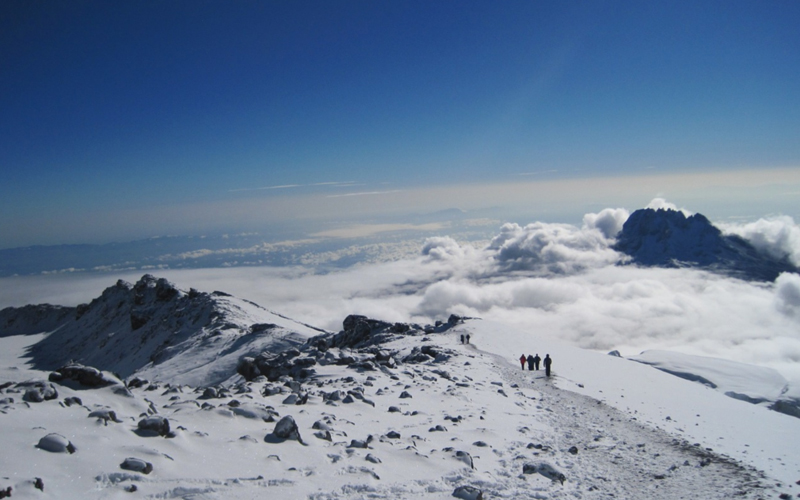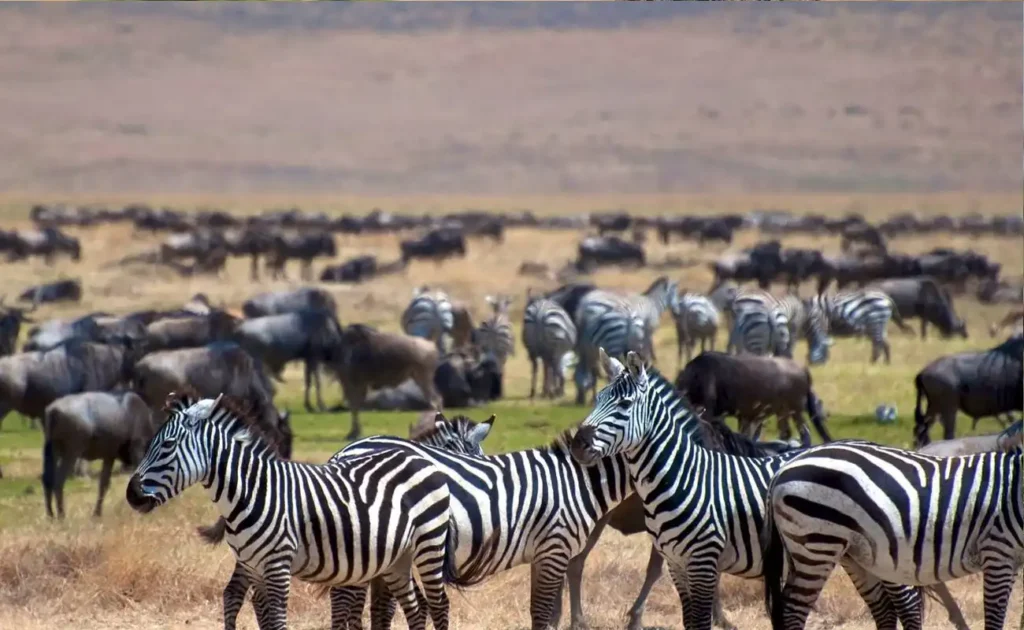Kilimanjaro Trekking 2025 Eco-Tourism Impact
Mount Kilimanjaro, Africa’s tallest peak and one of the world’s most iconic trekking destinations, continues to captivate adventurers from across the globe. As a UNESCO World Heritage Site, the mountain is not only a natural wonder but also a vital symbol of Tanzania’s heritage and biodiversity. With the growing global emphasis on sustainable travel, eco-tourism is playing a critical role in preserving Kilimanjaro’s pristine environment while offering travelers an unforgettable experience.
In 2025, trekking Kilimanjaro has evolved into more than just a physical challenge—it’s a way for travelers to contribute to the conservation of this majestic mountain and the communities that depend on it. Here’s how eco-tourism is shaping Kilimanjaro trekking and why it’s worth being part of the movement.
Understanding Kilimanjaro’s Ecological Significance
Mount Kilimanjaro is a towering giant with diverse ecosystems ranging from lush rainforests to alpine deserts and the glacier-capped summit. The mountain is home to unique wildlife, including colobus monkeys, elephants, and various bird species. It also serves as a crucial water source for the surrounding communities and agricultural activities.
However, Kilimanjaro faces challenges such as deforestation, climate change, and the impact of mass tourism. Eco-tourism initiatives aim to minimize these threats by promoting sustainable practices and raising awareness about the mountain’s ecological importance.
- Key Biodiversity Fact: Kilimanjaro’s forest zone is part of the Eastern Arc Mountains, one of the world’s biodiversity hotspots.
Eco-Tourism in Action: Sustainable Trekking Practices
Tour operators in 2025 are increasingly adopting eco-friendly measures to reduce the environmental impact of trekking. These practices include:
- Waste Management: Porters and trekkers are encouraged to follow the “Leave No Trace” principle by carrying out all trash. Designated campsites now include waste disposal systems to prevent littering on the mountain.
- Eco-Friendly Gear: Some companies provide biodegradable toiletries and reusable water bottles to reduce single-use plastic waste.
- Solar Power: Many trekking groups now use solar-powered lanterns and cooking equipment to reduce reliance on fossil fuels.
- Porter Welfare: Ethical tourism companies ensure fair wages, proper equipment, and good working conditions for porters and guides, who are the backbone of Kilimanjaro trekking.
By choosing responsible operators, trekkers not only enjoy a more meaningful journey but also contribute to the mountain’s preservation.
Supporting Local Communities Through Eco-Tourism
The economic impact of Kilimanjaro trekking extends beyond the mountain. Eco-tourism initiatives actively involve local communities, ensuring that the benefits of tourism are shared equitably. Here’s how:
- Community Projects: Some trekking fees go toward funding schools, healthcare, and clean water projects in nearby villages.
- Cultural Experiences: Travelers can participate in cultural exchanges with the Chagga people, who live at the base of the mountain. This fosters mutual understanding and provides additional income for locals.
- Sustainable Farming: Eco-tourism programs encourage sustainable agriculture practices to reduce deforestation around the mountain’s base.
Tackling Climate Change and Glacier Preservation
Kilimanjaro’s iconic glaciers have been receding rapidly due to global warming. Experts predict that the glaciers could disappear entirely within a few decades if action is not taken. Eco-tourism plays a vital role in addressing this issue by funding climate research and conservation projects.
- Carbon Offset Programs: Many trekking companies now offer carbon offset options, where a portion of the trip cost goes toward reforestation or renewable energy projects.
- Raising Awareness: Trekkers are educated about the effects of climate change on Kilimanjaro’s ecosystems, inspiring them to advocate for global environmental action.
Choosing the Right Eco-Friendly Route
Kilimanjaro offers several trekking routes, each with its own unique features and level of difficulty. In 2025, the emphasis on sustainability has made certain routes more popular for their lower environmental impact and opportunities for acclimatization.
- Northern Circuit Route: Known as one of the most scenic and eco-friendly routes, it offers a quieter trekking experience with excellent acclimatization opportunities.
- Lemosho Route: This route is favored for its diverse landscapes and minimal foot traffic, reducing the impact on fragile ecosystems.
Choosing the right route not only enhances your trekking experience but also helps in preserving Kilimanjaro’s beauty.
Certification and Green Tourism Standards
In 2025, eco-tourism on Kilimanjaro is guided by global and local standards that ensure sustainability. Many tour operators are certified by organizations like the International Ecotourism Society or Tanzania’s own Tourism Eco-Certification Program (TECP). These certifications indicate that the company adheres to best practices in environmental conservation and community support.
When booking your trek, look for these certifications to ensure your journey aligns with eco-tourism principles.
Eco-Tourism as a Personal Journey
Beyond the physical challenge, trekking Kilimanjaro offers a spiritual and transformative experience. By embracing eco-tourism, trekkers not only conquer Africa’s highest peak but also contribute to a larger mission of protecting the planet. This conscious approach to travel makes the achievement of reaching Uhuru Peak even more meaningful.
- Mental Connection: The trek fosters a deep appreciation for nature and the efforts required to preserve it.
- Legacy for Future Generations: By supporting eco-tourism, you’re helping to ensure that future adventurers can also experience the magic of Kilimanjaro.
Trekking Mount Kilimanjaro in 2025 is not just about reaching the summit—it’s about being part of a global effort to preserve one of Earth’s greatest treasures. Eco-tourism allows you to enjoy this incredible adventure while leaving a positive impact on the environment and local communities. From sustainable practices to supporting climate action, every step you take on Kilimanjaro contributes to a brighter future for the mountain and its people.
As you prepare for your climb, choose a responsible tour operator, respect the mountain’s ecosystems, and embrace the journey with a sense of purpose. Together, we can ensure that Kilimanjaro remains a symbol of natural beauty and human resilience for generations to come.
FAQs
1. What is the best time to climb Kilimanjaro in 2025?
The best times are during the dry seasons: January to March and June to October, which offer clear skies and favorable trekking conditions.
2. How can I choose an eco-friendly tour operator?
Look for operators with certifications from sustainable tourism organizations, transparent policies on porter welfare, and a strong commitment to environmental conservation.
3. What should I pack for an eco-friendly trek?
Essential items include reusable water bottles, biodegradable toiletries, and solar-powered chargers. Avoid single-use plastics and unnecessary packaging.
4. How is climate change affecting Kilimanjaro?
Rising temperatures are accelerating the melting of Kilimanjaro’s glaciers and impacting its ecosystems. Eco-tourism helps fund conservation and climate action efforts.
5. Can beginners participate in Kilimanjaro trekking?
Yes, with proper preparation and choosing a longer route like the Northern Circuit, beginners can acclimatize better and enjoy a rewarding climb.





